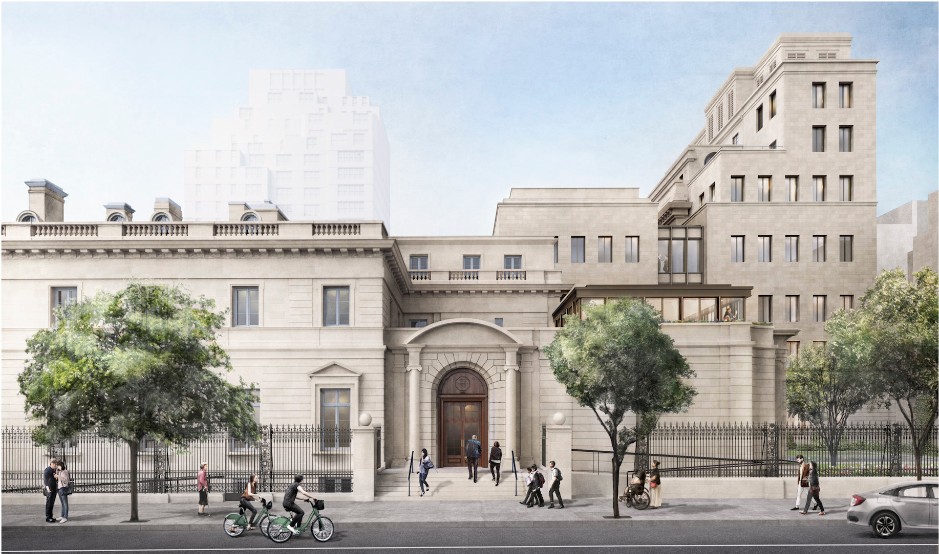
If at first you don’t succeed, try, try again.
In the case of the Frick Collection, you may want to add a few more “trys” to that idiom. On Wednesday, the jewel-box of a museum on Manhattan’s Upper East Side announced a new plan for a major expansion—the latest in a string of attempts to renovate the institution over the past two decades.
Under a new proposal from Selldorf Architects, high-profile “starchitect” Annabelle Selldorf will design a two-year expansion project, which is slated to begin in 2020 and will cost an estimated $160 million. The proposed design will add 60,000 square feet of repurposed space and 27,000 square feet of new construction to the museum.
The Frick has faced a number of obstacles in previous ill-fated attempts to renovate. Many of the challenges were inextricably linked to the unique nature and layout of the museum itself. The institution is situated on a pristine plot of land with elaborate and bespoke gardens on the corner of Fifth Avenue and East 70th Street in the former mansion of steel magnate Henry Clay Frick. Those details have helped make the museum beloved among New Yorkers, many of whom who have chafed at plans that would alter the landscape.
As one example, the most recent proposed expansion from Davis Brody Bond, announced in June 2014, called for a new six-story mansion to be built in between the current museum and the nearby Frick Library. However, the plan would have destroyed the custom-designed garden created in 1977 by British landscape architect Russell Page.
In the months after the announcement, more than 2,000 opponents of the plan signed a petition organized by several preservation groups who created a website: Unite to Save the Frick. Amid the outcry, the plan for eliminating the garden was finally scrapped in June 2016. The museum also explored—and ultimately abandoned—expansion plans in 2001, 2005, and 2008.
Rendering of the Frick Collection, north elevation; courtesy of Selldorf Architects.
The Selldorf design adds a number of new elements to the museum: A series of intimate rooms on the second floor of the original residence (never before opened to the public) will be used as permanent collection galleries. There will be a purpose-built education center, a state-of-the-art auditorium, and new conservation laboratories. The updated infrastructure will also include a passageway between the museum and the library.
In contrast to previous plans, the museum garden will be a centerpiece of the new design.
“We will not build on the 70th Street Garden, which was part of our previous proposal, but instead will restore it as part of the project,” a representative for the Frick told artnet News via email. “Indeed, that garden becomes a wonderful point of focus in Annabelle Selldorf’s design.”
Garden designer and preservationist Lynden B. Miller will work with the Frick to restore the outdoor space, in keeping with Page’s original vision.
Rendering of the Frick Collection site plan, courtesy of Selldorf Architects.
“Selldorf Architects has developed a design that at once honors the Frick’s unique architectural history and improves access for all visitors,” Ian Wardropper, the Frick’s director, said in a statement. “The project harmoniously integrates the historic with the new and addresses all areas of the institution.”
According to Wardropper, the museum, which was originally designed for Frick as a private home, has not undergone a comprehensive upgrade since John Russell Pope transformed and expanded it into a public museum in 1935. Over the past few decades, however, the museum’s holdings, attendance, and programs have grown considerably while its infrastructure has weathered. Those realities, Wardropper said, made the renovation necessary.
As for the expansion’s more immediate impact, the Frick representative told artnet News that “some period of closure is likely with a project of this nature, but we have not yet worked out the phasing of ours yet.” A more definitive timeline will be revealed in coming months.